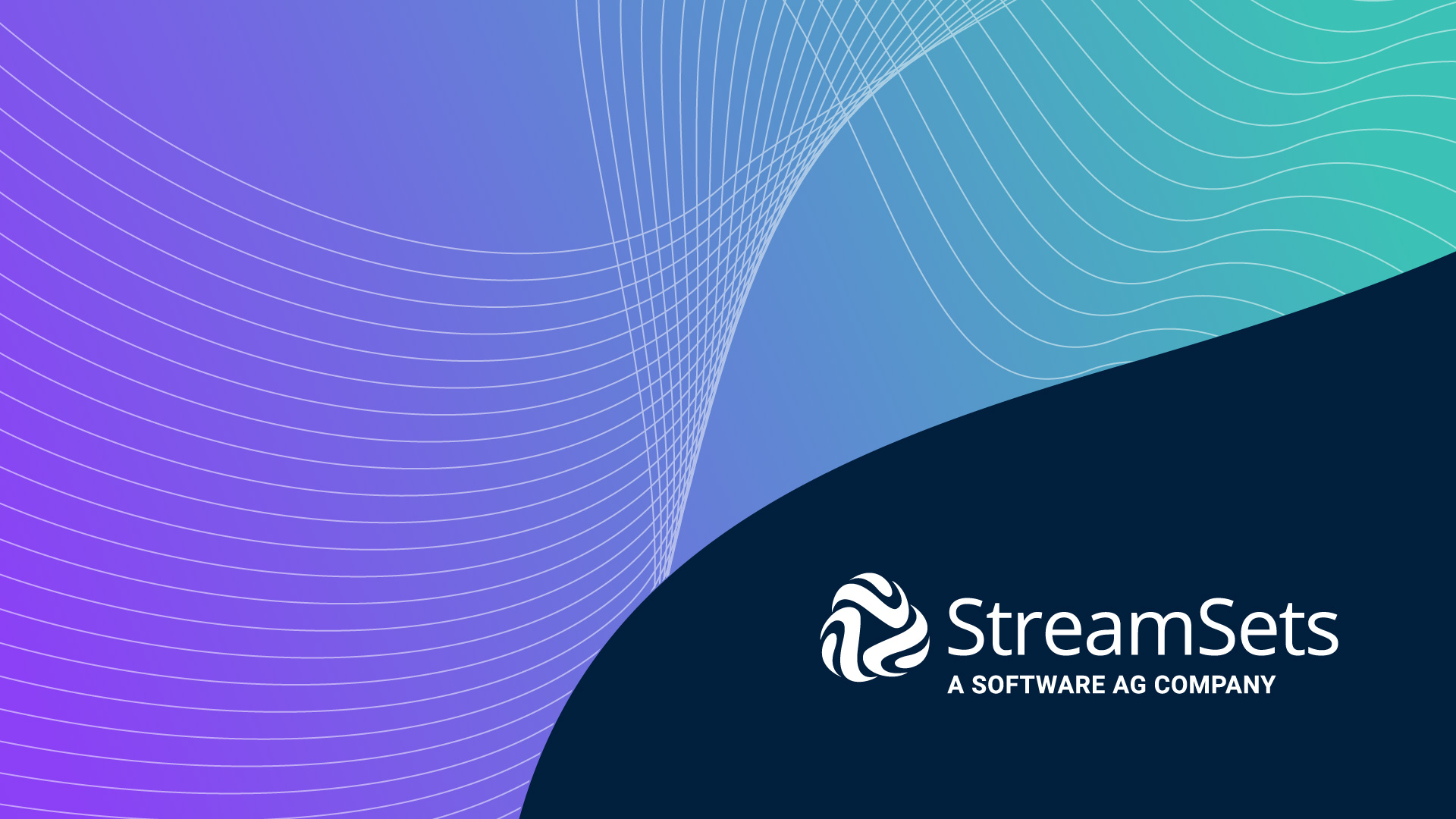
Did you know that Python and Java are two of the most commonly used programming languages today? Of the hundreds of languages to choose from, Python and Java continue to gain more and more user adoption, leading to more programs and platforms being written in Python and Java, and so forth creating a snowball-like effect in today’s programming ecosystem.
Of course, with great popularity comes great responsibility. There is passionate debate over which programming language or framework is “better.” Rather than taking a side in the great debate—after all, you can use either language with the StreamSets DataOps Platform if you want—we’ll focus this piece on some of the similarities and differences between these two prominent coding languages.
Specifically, in this piece, we’ll look at some of the key differences between Python and Java regarding performance, cost, scalability, security and ease of use. At that, let’s dig in to a deep dive comparison between Python and Java.
What is Python?
Python has become one of the most popular programming languages in the world due to its ease of use, power and versatility. Developed under an OSI-approved open-source model and first introduced as a general-purpose high-level programming language in the late 1980s by Guido Van Rossum, Python programming quickly became widely popular due to its readability and easy-to-follow syntax.
Today, Python is a go-to language for APIs, scientific applications and sophisticated applications including artificial intelligence, data science, big data analytics, machine learning, augmented reality, autonomous vehicles, android mobiles apps, ios mobile apps, scripting and a host of other applications.
Further, outside some of these more intensive applications, Python is also used for web development—a prominent domain for many of the popular programming languages today. In the world of web development, Python (and Javascript for that matter) are used for what’s known as back-end development. Back-end development refers to all of the coding required behind the scenes to make a web application run properly.
Learn how to automate pipeline development with StreamSets’ SDK for Python
Python at a glance
- Interpreted vs compiled language: Python is an interpreted language; it is converted in real-time from human-readable code into machine code used by the program.
- Dynamically vs statically typed: Python is dynamically typed; type checking happens at run-time versus compile-time.
- Best suited for: Python is best suited for scientific and numeric computing and other complex applications. However, it is also a very prominent back-end web development language as well.
- Object-oriented vs functional: Python is an object-oriented programming language much like C# and C++.
What is Java?
Originally developed by Sun Microsystems (later acquired by Oracle), Java used to be the go-to cross-platform programming language for complex applications, scripting, and web development. In fact, only in recent years has this programming language titan fallen in popularity for software development.
Java, like other prominent coding languages today, is a general-purpose programming language. It can be used in an array of applications and development environments.
Java began as a coding language to support technology embedded within consumer appliances such as automobiles, household electronics, and an array of other applications. So Java is, in a sense, tailor-made for the exploding Internet of Things industry, helping Java and Java developers maintain a foothold in today’s coding ecosystem.
Java at a glance
- Interpreted vs compiled language: Java is known as both an interpreted and compiled language since its source code is compiled into a bytecode then used by a JVM for compiling.
- Dynamically vs statically typed: Java is statically typed meaning it is compiled and interpreted by a compiler.
- Best suited for: Java is in just about every application. That said, it is extra prominent in Android development and IoT.
- Object-oriented vs functional: Java is an object-oriented programming language.
Python vs. Java comparison
Performance
Python and Java are both interpreted languages, however, there are some slight differences. With Python, variables are not declared in the headers of the given program. Rather, variables are interpreted by the compiler at run time. Why is this important? It means Python takes more processing time and resource allocation during runtime for interpreting variables compared to Java.
Even though both of these coding languages can be considered interpreted languages, Java is compiled differently. With Java, source code is compiled into a binary bytecode—a type of machine language that is easily interpreted by Java’s compiler. In fact, Java is a bit different from other coding languages in the fact that this bytecode runs within a component inherent to Java coding environments knowns as a JVM or Java Virtual Machine. To keep things short and sweet, it simply means that Java code requires very little processing overhead during runtime compared to Python.
It’s all due to Java’s static-typing syntax, the JIT (Just-in-time) compiler, and the JVM or Java Virtual Machine that makes the compilation process for Java faster and easier than Python’s dynamic typing. Furthermore, since Java is statically-typed and compiled on the fly developers are going to be notified of coding errors prior to compiling, leading to a less error-prone coding approach.
Cost
When assessing cost, it really comes down to analyzing resource overhead. Since coding in both Python and Java IDEs are of course free, to properly access cost, one really needs to look at the time and FTE resources associated with a given project.
By considering the time required to code in both languages and the associated resource toll, it’s fairly evident that coding in Python will result in a lower resource overhead. Smaller development teams lead to an overall lower cost of ownership for working on a project in Python.
Scalability
Scalability is defined by an application’s ability to handle a growing amount of overhead and processing as well as its ability to expand itself to handle flexible workloads on the fly.
By this definition of scalability, Python falls short of Java due to the fact that Python is a scripting language. Unfortunately, scripting languages simply require more computing overhead at runtime, resulting in slower programs compared to other coding counterparts.
As mentioned before, Java follows more stringent syntax rules such as hard definitions for all variables. This, in turn, does result in more volume and more lines of code to debug. However, there is a benefit to working with Java’s more stringent coding syntax.
These stricter syntax practices along with some of the differences in how Java is compiled result in more efficient code that requires fewer resources during runtime and produces more scalable applications. Further, Java leverages multithreading which allows multiple tasks to run in parallel during runtime, another advantage for Java regarding scalability.
Security
When it comes to security, there are some significant differences between Python and Java. Both Python and Java are known as secure coding languages. However, Java has some very useful security enhancements that help it stand out as the more secure programming language.
For instance, Java offers advanced authentication and access control functionalities that are designed to protect web applications (written in Java) from malicious attacks. Of course, this is critically important with the rising number and sophistication of cyber attacks today.
Another major benefit is how the Java compiler checks for malware and viruses during runtime. During runtime, the Java compiler converts code to bytecode, and once that bytecode is created, a replica bytecode file is created that is scanned for malware and viruses in real-time.
When comparing Java to Python on the security front, there’s little debate to be had. It’s clear that Java has gone above and beyond to emphasize security as a major aspect of the Java programming language.
Ease of use
When addressing ease of use, it’s quickly evident that Python has a strong advantage over Java. Writing in Python is incredibly fast, easy, and encompasses a level of simplicity that you won’t find with Java. And Python is known for its easy code readability.
For beginners in programming, or those looking to quickly whip together a prototype or MVP, Python may be a good starting place.
Unfortunately, we can’t say the same for Java when it comes to ease of use. With Java, there is going to be a steeper learning curve and require more syntax considerations. At the end of the day, Java is simply going to be less intuitive.
StreamSets’ approach
Whether your development teams are using Python, Java, or any number of other programming languages, SteamSets is here to power your modern analytics by enabling you to build, run, monitor and manage your data pipeline framework at scale.
To learn more about our approach to operationalizing data integration, start a conversation with a StreamSets expert.






